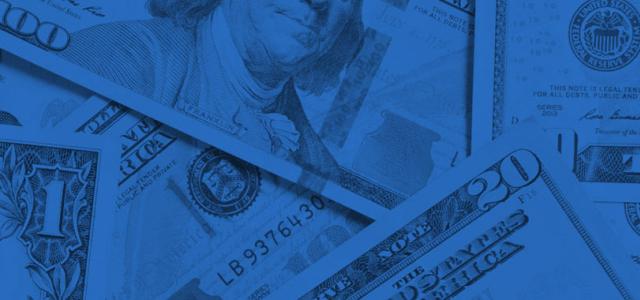
Savings Rates on the Decline
You don’t hear much about America’s personal savings rate these days, and the reason may be because the news is discouraging: collectively, the percentage of our income that we save is trending downward again, and may be about to hit record lows. The Federal Reserve Bank of St. Louis tracks the U.S. personal savings rate, going back to the late 1950s, when people were setting aside around 11% of what they made. Americans achieved a record 17% savings rate in the mid-1970s before a long decline set in. In 2013, the rate briefly spiked again above 10%, however Americans have become less thrifty since then. The most recent data shows Americans saving just 3.6% of their income.
How does this compare to the rest of the world? Data from the Trading Economics website shows that most countries fall in the 4.5% to 10% range, but with considerable fluctuation. For instance, Spain experienced a negative savings rate earlier this year, but recently reported a rate of more than 14%. Japan and Mexico seem to be consistently the thriftiest of the reporting nations, each with savings rates above 20%.
Does any of this matter? Economists will tell you that when the savings rate is high, it cuts into consumption, which lowers economic activity. But at the same time, countries with high savings rates have more capital to invest in their future, and their citizens tend to be less vulnerable to economic downturns. On the whole, we should probably prefer more savings to less.
- By Bryan Totri, Vice President of Financial Planning













